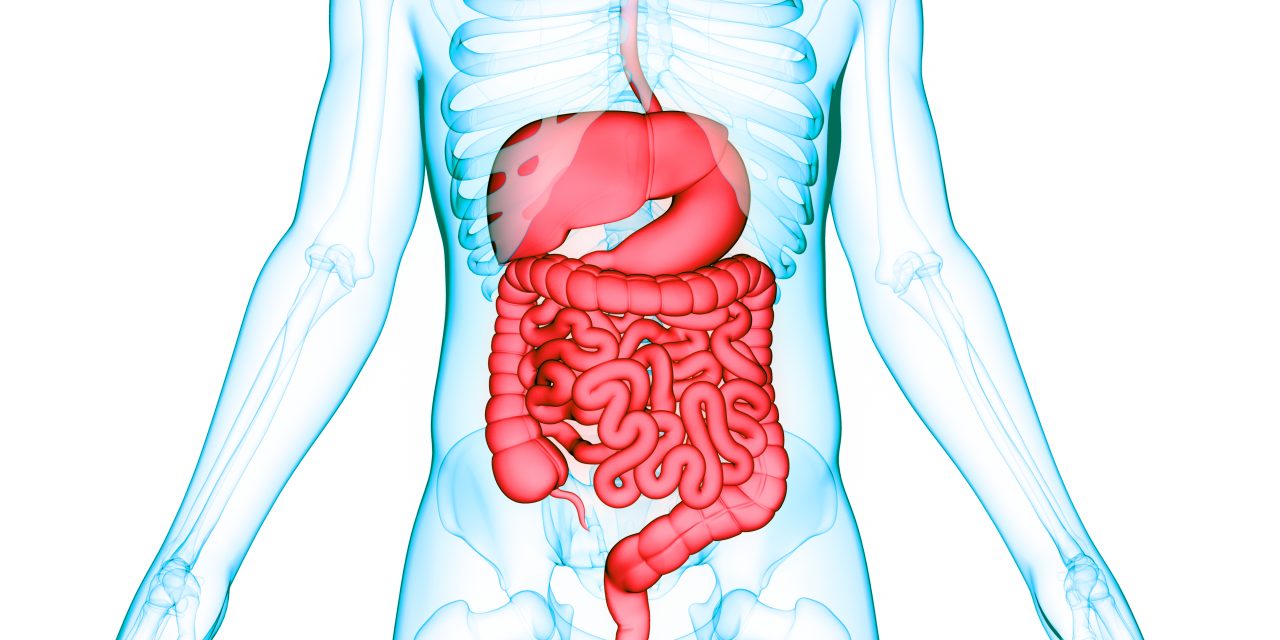The development of Crohn’s disease is characterized by a breakdown of homeostatic immune-bacterial communication, which takes place at the intestinal mucosa when environmental triggers impact genetically predisposed individuals. Converging lines of evidence support the hypothesis that this pathogenetic model develops through sequential, although interrelated, steps that indicate failure of mucosal defense mechanisms at various stages. In this context, immunological phenomena that mediate the initial appearance of inflammatory lesions across the intestinal tissue may substantially differ from those that mediate and perpetuate chronic inflammatory responses. A compromise in the integrity of the epithelial barrier is among the earliest events and leads to accelerated influx of intraluminal antigens and intact microorganisms within the immunologically rich lamina propria. Inadequate clearance of invading microorganisms may also occur due to defects in innate immunity, preventing the timely and complete resolution of acute inflammatory responses. The final step is the development of persistent adaptive responses, which also differ between early and late Crohn’s disease. Current progress in our ability to delineate single cell transcriptomics and proteomics has allowed the discovery of cellular and molecular mechanisms that participate in each sequential step of CD development. This will not only advance our understanding of CD pathogenesis but also facilitate the design of targeted therapeutic approaches.Copyright © 2020 AGA Institute. Published by Elsevier Inc. All rights reserved.
Exploring the early phase of Crohn’s disease.


